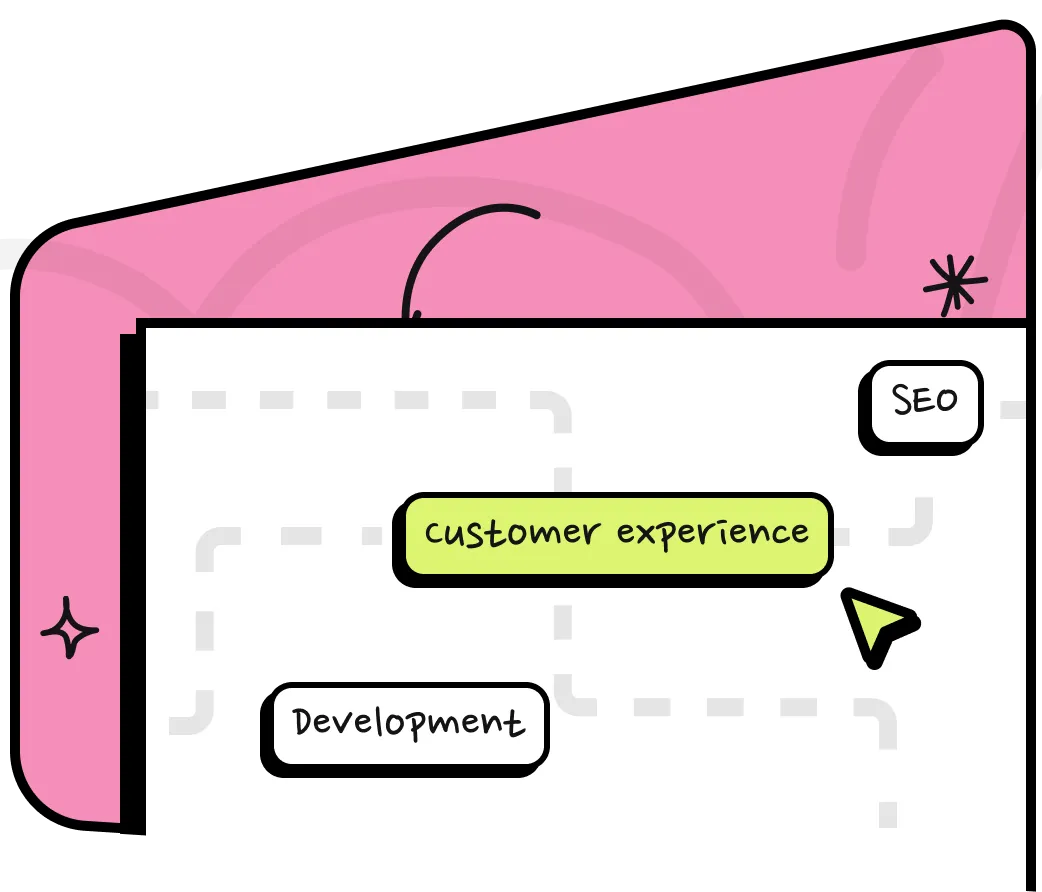Awards & Recognition
We are proud to be recognized for our excellence by important publications around the world.










ASP.NET is a free web framework created by Microsoft that enables developers to create dynamic web applications and services. It is a component of the larger ASP.NET development, which accommodates multiple programming languages and platforms.






Technologies We Use for ASP.NET Development
We craft secure, scalable, and high-performance web applications with ASP.NET, ideal for enterprise grade solutions, API services, and dynamic portals across industries.







Start by creating a new ASP.NET project using tools like Visual Studio or Visual Studio Code. Choose the appropriate template (Web Forms, MVC, or ASP.NET Core) depending on your needs.
Implement the connection to the database. Use Entity Framework or another ORM to manage data through models.
Manually or automatically test your application for functionality, performance, and security using tools provided by the framework or external libraries.
"Sovanza delivered a high-performance ASP.NET application for our
healthcare system. It's secure, scalable, and integrates seamlessly with our
existing databases. Their understanding of enterprise needs is top-tier."
"We needed a custom logistics dashboard built on ASP.NET, and Sovanza
executed it flawlessly. From API integrations to user role management, every
feature was tailored to our exact reCEO, FreightMate Logistics
quirements. Highly reliable team!"
"We needed a custom logistics dashboard built on ASP.NET, and Sovanza
executed it flawlessly. From API integrations to user role management, every
feature was tailored to our exact requirements. Highly reliable team!"
Uses a drag-and-drop design with code-behind files.
Offers better control over HTML, CSS, and JavaScript.
Fully open-source and designed to work on Windows, macOS, and Linux.



Sovanza stands out as a leader in ASP.NET development in the USA. With a proven history of creating user-focused, high-performing applications, we are dedicated to supporting businesses in reaching their digital objectives. Our team’s expertise and customer-focused approach ensure that every app we develop is tailored to meet your needs.




To create a successful Android app with ASP.NET Development, include features like a user-friendly interface, push notifications, real-time data updates, offline capabilities, and effective monetization strategies.
ASP.NET enables modern UI development with Razor Pages for page-based apps and Blazor for interactive web UIs using C#
With ASP.NET Core, you include only the features your application needs, making the app lighter
ASP.NET integrates seamlessly with Visual Studio, providing features like IntelliSense, debugging.
ASP.NET Core is optimized for speed and efficiency.
It’s known for its fast request processing and minimal memory footprint, especially for web APIs and microservices.
Designed to cover essential features with a focus on simplicity and functionality.
Built for scalable, high-performance projects with advanced features.
Tailored for large, fully customized solutions with advanced security and infrastructure.
Can’t find what you’re looking for? don’t hesitate to reach out!
It is a Microsoft framework enabling developers to build dynamic and high-performing web applications. It is utilized to create everything from minor websites to extensive enterprise applications.
ASP.NET Core is the open-source, cross-platform successor to the ASP.NET Framework. It provides enhanced performance versatility and can operate on Windows, macOS, and Linux, unlike the previous Framework, which is limited to Windows.
Asp.net development is highly scalable and can accommodate large-scale applications with thousands or millions of users. Its performance enhancement capabilities, including caching, asynchronous programming, and load balancing, guarantee that applications can scale as traffic grows.
Yes! It offers SignalR, a library that facilitates real-time client and server communication. This capability is ideal for creating applications like messaging apps, instant notifications, or live updates for dashboards.
It offers functionalities such as authentication, authorization, and data protection to ensure the security of your web applications. It aids in avoiding prevalent online threats such as SQL injection and cross-site scripting.
We are proud to be recognized for our excellence by important publications around the world.




Build AI, blockchain, and growth systems that compound results.